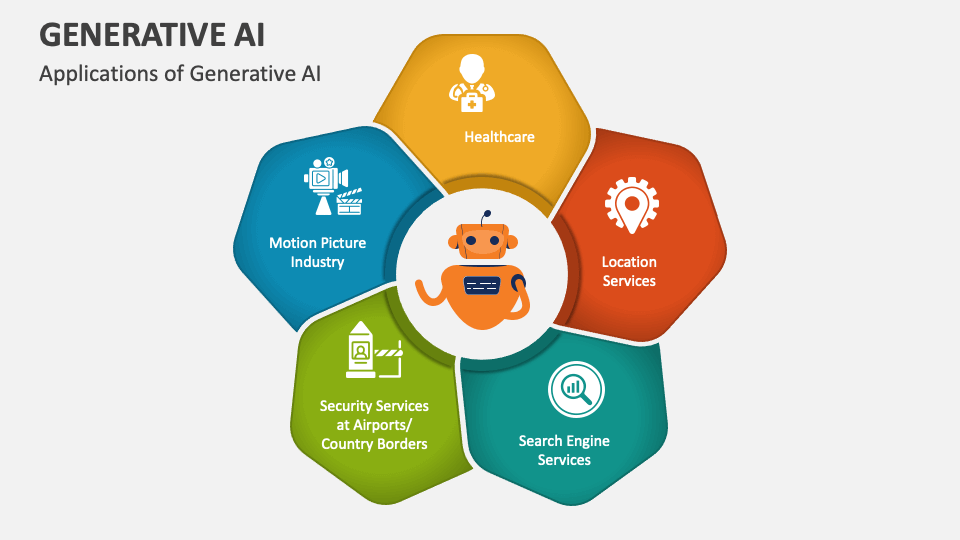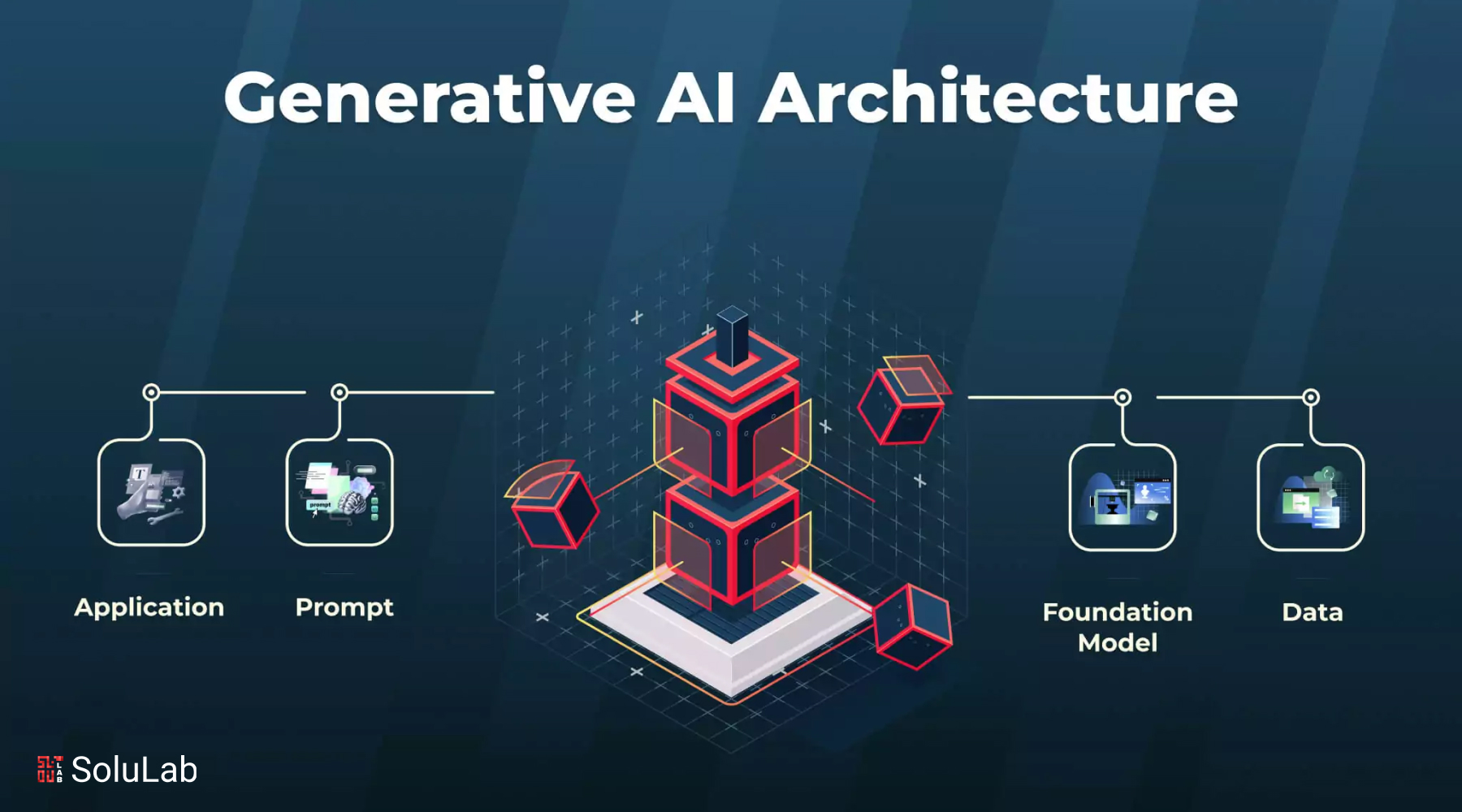All Categories
Featured
Most AI firms that train huge versions to produce text, photos, video clip, and audio have not been clear regarding the content of their training datasets. Various leakages and experiments have actually exposed that those datasets include copyrighted material such as books, news article, and films. A number of legal actions are underway to establish whether use copyrighted product for training AI systems comprises fair use, or whether the AI firms require to pay the copyright holders for use their product. And there are obviously numerous categories of bad stuff it might in theory be made use of for. Generative AI can be used for customized scams and phishing strikes: For example, making use of "voice cloning," scammers can duplicate the voice of a specific individual and call the person's household with an appeal for aid (and cash).

(Meanwhile, as IEEE Range reported this week, the united state Federal Communications Compensation has actually reacted by disallowing AI-generated robocalls.) Picture- and video-generating tools can be made use of to generate nonconsensual pornography, although the devices made by mainstream firms refuse such use. And chatbots can theoretically stroll a potential terrorist through the actions of making a bomb, nerve gas, and a host of other horrors.
What's even more, "uncensored" versions of open-source LLMs are around. In spite of such potential problems, many individuals assume that generative AI can additionally make individuals more effective and might be made use of as a device to allow entirely new kinds of creativity. We'll likely see both calamities and creative flowerings and lots else that we do not anticipate.
Discover more regarding the math of diffusion models in this blog site post.: VAEs consist of two neural networks commonly referred to as the encoder and decoder. When given an input, an encoder transforms it right into a smaller sized, more dense representation of the information. This compressed depiction maintains the details that's required for a decoder to reconstruct the original input information, while disposing of any unnecessary info.
This allows the user to easily sample new unexposed depictions that can be mapped through the decoder to produce novel data. While VAEs can generate outputs such as pictures much faster, the pictures produced by them are not as detailed as those of diffusion models.: Discovered in 2014, GANs were taken into consideration to be one of the most frequently used approach of the three before the current success of diffusion designs.
The two designs are trained with each other and obtain smarter as the generator generates far better content and the discriminator gets better at identifying the created material - AI for remote work. This treatment repeats, pushing both to continually enhance after every iteration until the generated material is identical from the existing web content. While GANs can provide top quality samples and generate outputs swiftly, the example variety is weak, for that reason making GANs much better matched for domain-specific information generation
Ai-powered Crm
Among the most preferred is the transformer network. It is essential to comprehend exactly how it operates in the context of generative AI. Transformer networks: Comparable to recurring semantic networks, transformers are developed to process consecutive input data non-sequentially. 2 mechanisms make transformers particularly skilled for text-based generative AI applications: self-attention and positional encodings.

Generative AI begins with a foundation modela deep discovering model that acts as the basis for numerous various sorts of generative AI applications. One of the most usual structure designs today are huge language versions (LLMs), produced for message generation applications, yet there are also foundation versions for image generation, video generation, and audio and music generationas well as multimodal foundation designs that can sustain numerous kinds material generation.
Find out more concerning the background of generative AI in education and learning and terms connected with AI. Discover more regarding exactly how generative AI functions. Generative AI tools can: Respond to triggers and concerns Develop images or video clip Summarize and synthesize info Change and edit web content Generate imaginative jobs like musical compositions, tales, jokes, and rhymes Create and fix code Manipulate information Produce and play video games Abilities can differ substantially by tool, and paid versions of generative AI devices typically have specialized functions.
Generative AI tools are regularly learning and progressing yet, as of the date of this publication, some constraints consist of: With some generative AI tools, constantly incorporating real study right into text remains a weak performance. Some AI devices, for instance, can generate message with a referral listing or superscripts with web links to sources, yet the references typically do not correspond to the text developed or are phony citations made of a mix of real publication details from multiple sources.
ChatGPT 3.5 (the free variation of ChatGPT) is educated making use of data available up until January 2022. ChatGPT4o is trained making use of data readily available up until July 2023. Various other tools, such as Bard and Bing Copilot, are always internet linked and have access to current info. Generative AI can still compose potentially incorrect, oversimplified, unsophisticated, or biased actions to questions or triggers.
This checklist is not detailed however includes a few of one of the most extensively utilized generative AI tools. Tools with complimentary versions are indicated with asterisks. To request that we add a tool to these lists, contact us at . Evoke (sums up and synthesizes resources for literature evaluations) Review Genie (qualitative study AI assistant).
Latest Posts
Sentiment Analysis
Ai In Public Safety
Future Of Ai